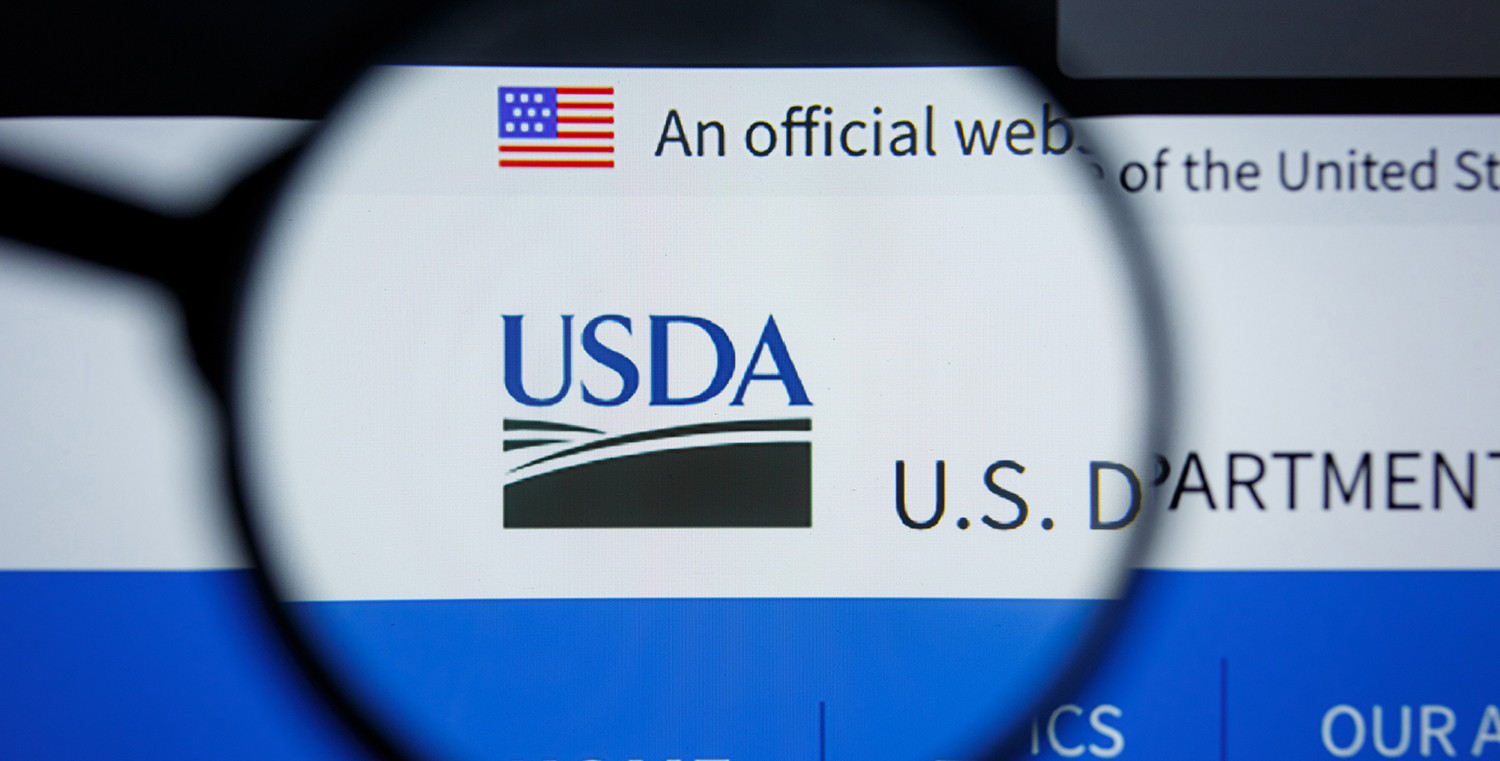Continuous Innovation for Today’s Concrete Industry from ICP
ICP will bring a breadth of proven brands and products to World of Concrete in Las Vegas, January 18-20
LAS VEGAS – January 18, 2022 – Discover why ICP is the foremost supplier of specialized products for today’s concrete professional at this year’s World of Concrete in Las Vegas, January 18-20.
Be sure to stop by booth C4440 in the Central Hall to learn more about ICP’s comprehensive portfolio for every part of building and construction. Throughout the show, ICP will be conducting demonstrations of their APF Polymer Surfaces, Pli-Dek Waterproofing Solutions and APOC brands every 45 minutes at the outdoor demonstration site, O30408 in the Silver Lot.
Brands to be highlighted in this year’s ICP booth include:
Stat-Rez® ESD Nano from APF Polymer Surfaces. ICP is featuring its next-generation coating that helps control static electricity and improve safety again this year. Ideal for datacom to military applications, Stat-Rez ESD Nano is applicable for any area requiring static dissipative or conductive flooring. The easy-to-install coating prevents electrostatic damage, limiting the ability of personnel to build up an electric charge and quickly removing a charge from people or equipment.
APOC Weather Armor Air and Moisture Barriers. Achieve comprehensive protection against the elements with APOC’s new Weather Armor air and moisture barriers, available in a variety of formulations suitable for a range of above-grade wall applications. Weather Armor air and moisture barriers are liquid-applied, one-component solutions that protect against unwanted or uncontrolled air and moisture in a variety of climates. By eliminating air infiltration, Weather Armor helps ensure long-term structural durability while contributing to higher levels of building energy efficiency and air quality.
Pli-Dek® Waterproofing Solutions. Trusted by professionals for decades, Pli-Dek is a tried-and-true cementitious waterproofing solution for plywood or concrete substrates that helps create beautiful, durable and high-performance decks, balconies, patios, walkways, as well as various other areas. Recently, Pli-Dek demonstrated the performance necessary to meet stringent new fireproofing requirements set by the California State Fire Marshal, resulting in the issuance of a Building Material Listing Wildland Urban Interface (WUI), Listing No. 8110-2327:0500.
“We’re looking forward to this year’s World of Concrete show to deepen our connections with our customers and colleagues in the concrete industry,” said Sara Jonas, Senior Director of Marketing, ICP.” It’s our mission to bring product advancements to this marketplace, helping professionals improve the quality of their work with intuitive and high-performance solutions.”
For more information about ICP at www.ICPGroup.com.
###
About ICP
ICP is the foremost supplier of professional products and solutions for building envelope, cementitious and sports surface needs. Comprising dozens of industry-leading brands across numerous industries and applications, ICP offers the industry’s most comprehensive portfolios to building professionals all over the globe, all backed by its exclusive Masterworks training and education program. For more information, visit www.icpgroup.com.



 Administrators must continue to put health and safety first
Administrators must continue to put health and safety first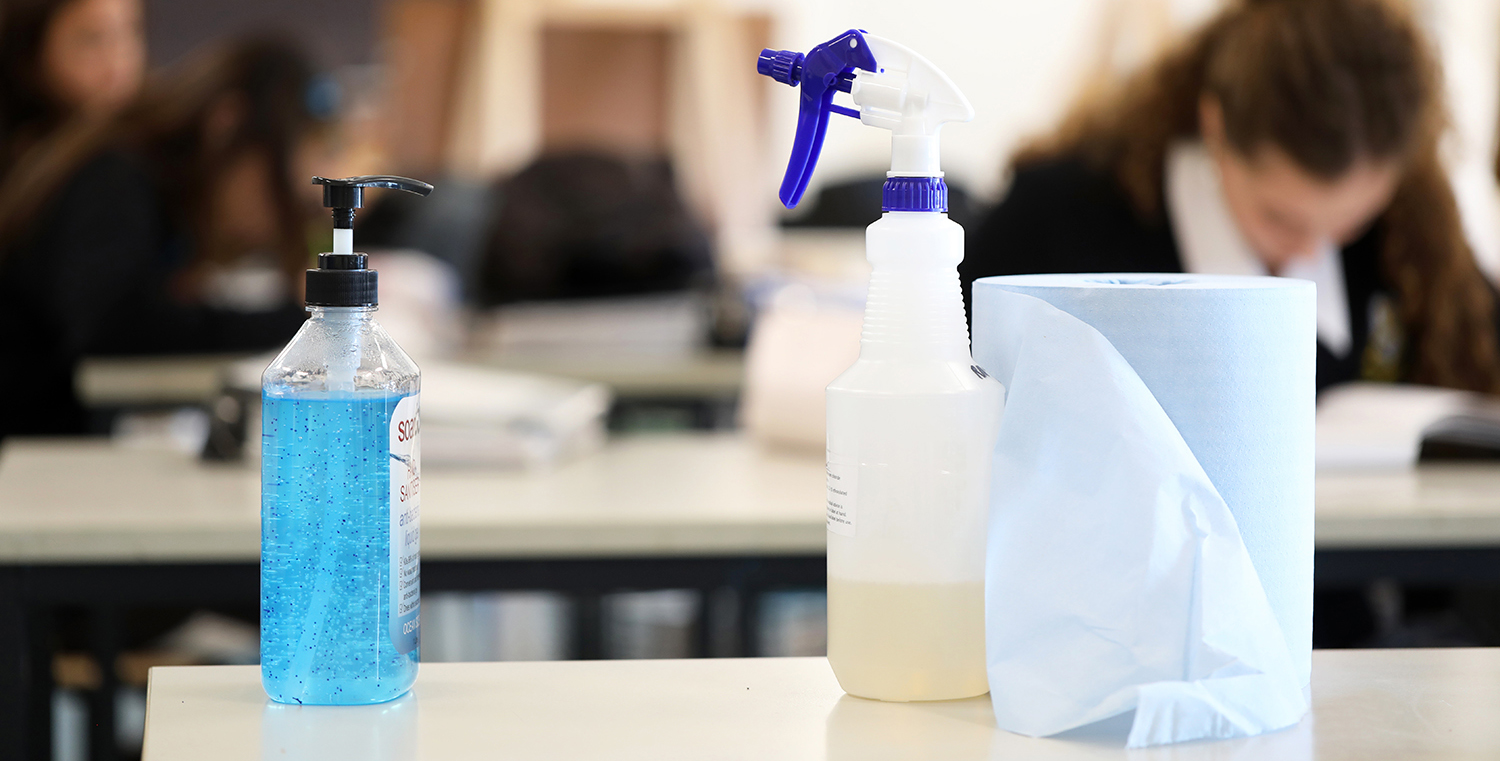 Safety and Efficacy: The Benefits of Botanical Disinfectants
Safety and Efficacy: The Benefits of Botanical Disinfectants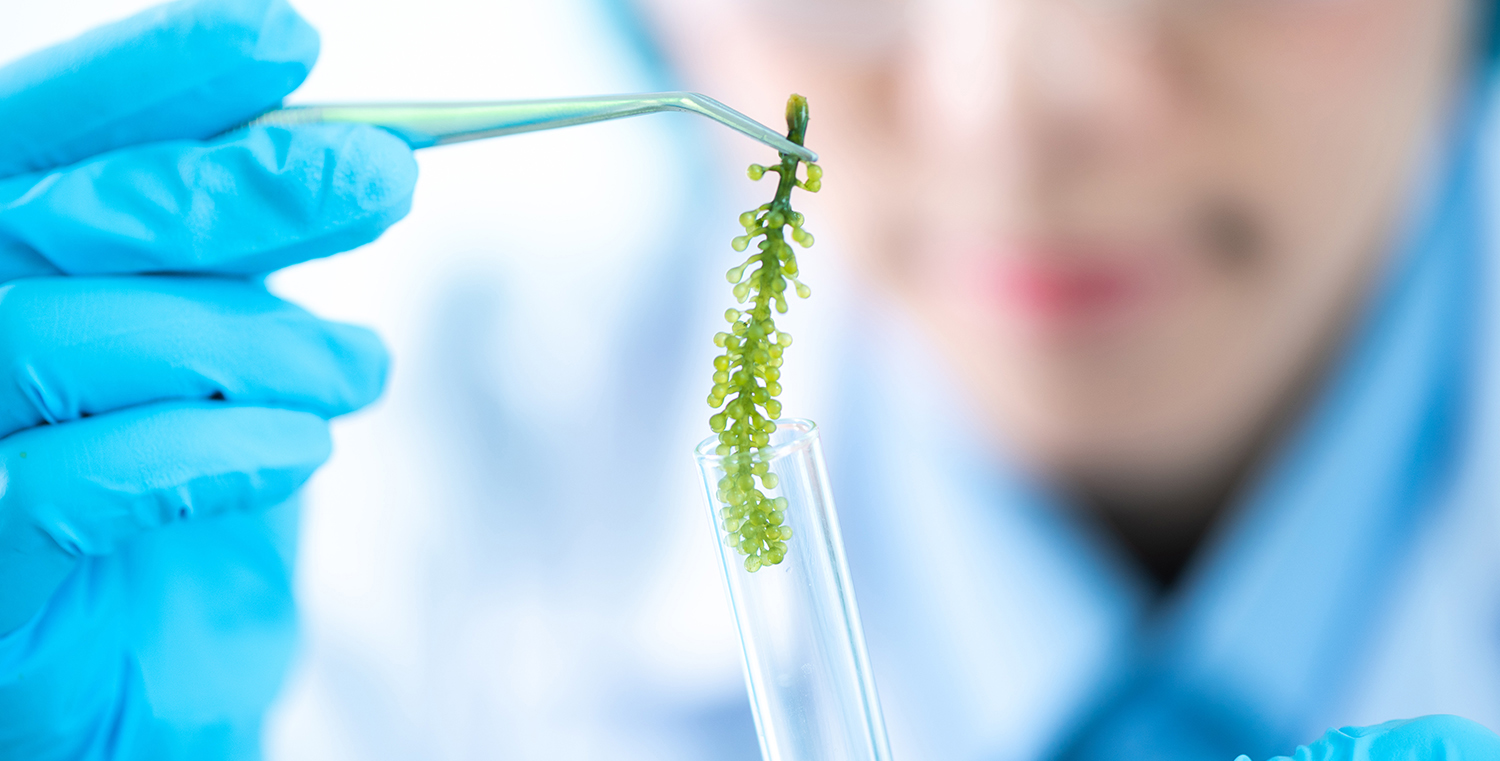 Knowing the Difference: Botanical vs. Authentically Botanical
Knowing the Difference: Botanical vs. Authentically Botanical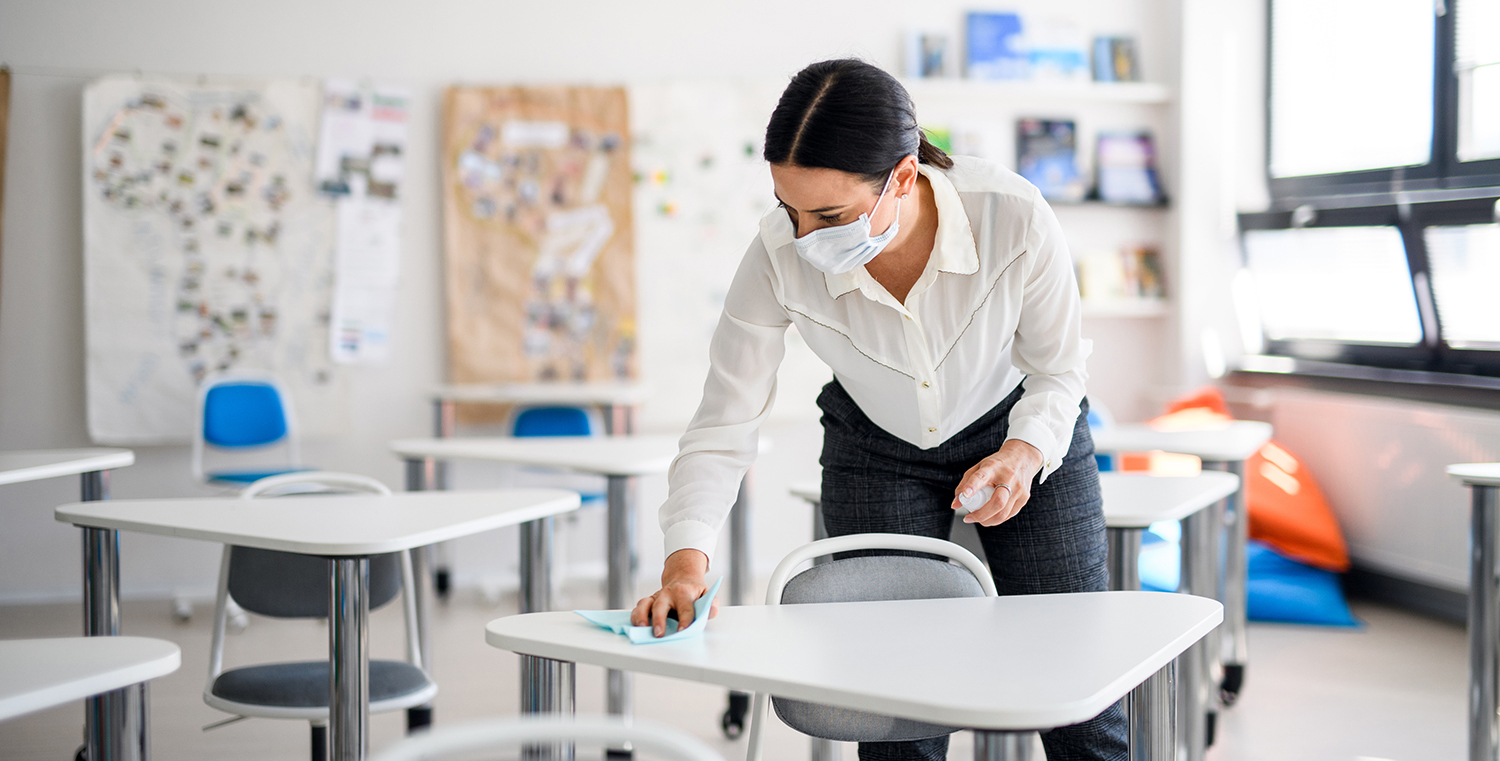 Understanding How Authentically Botanical Disinfectants Work
Understanding How Authentically Botanical Disinfectants Work When Safety and Efficacy Matter Most
When Safety and Efficacy Matter Most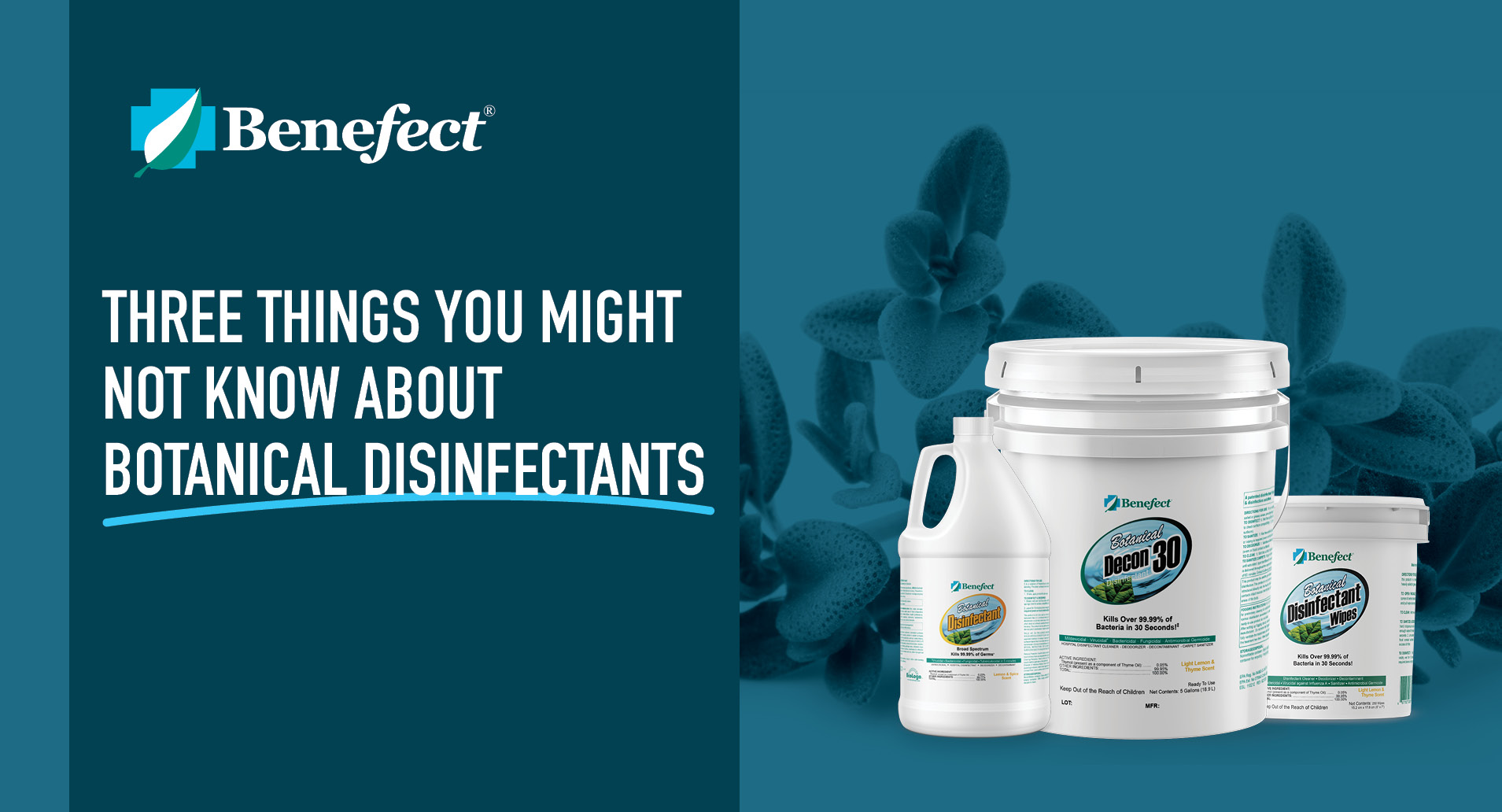
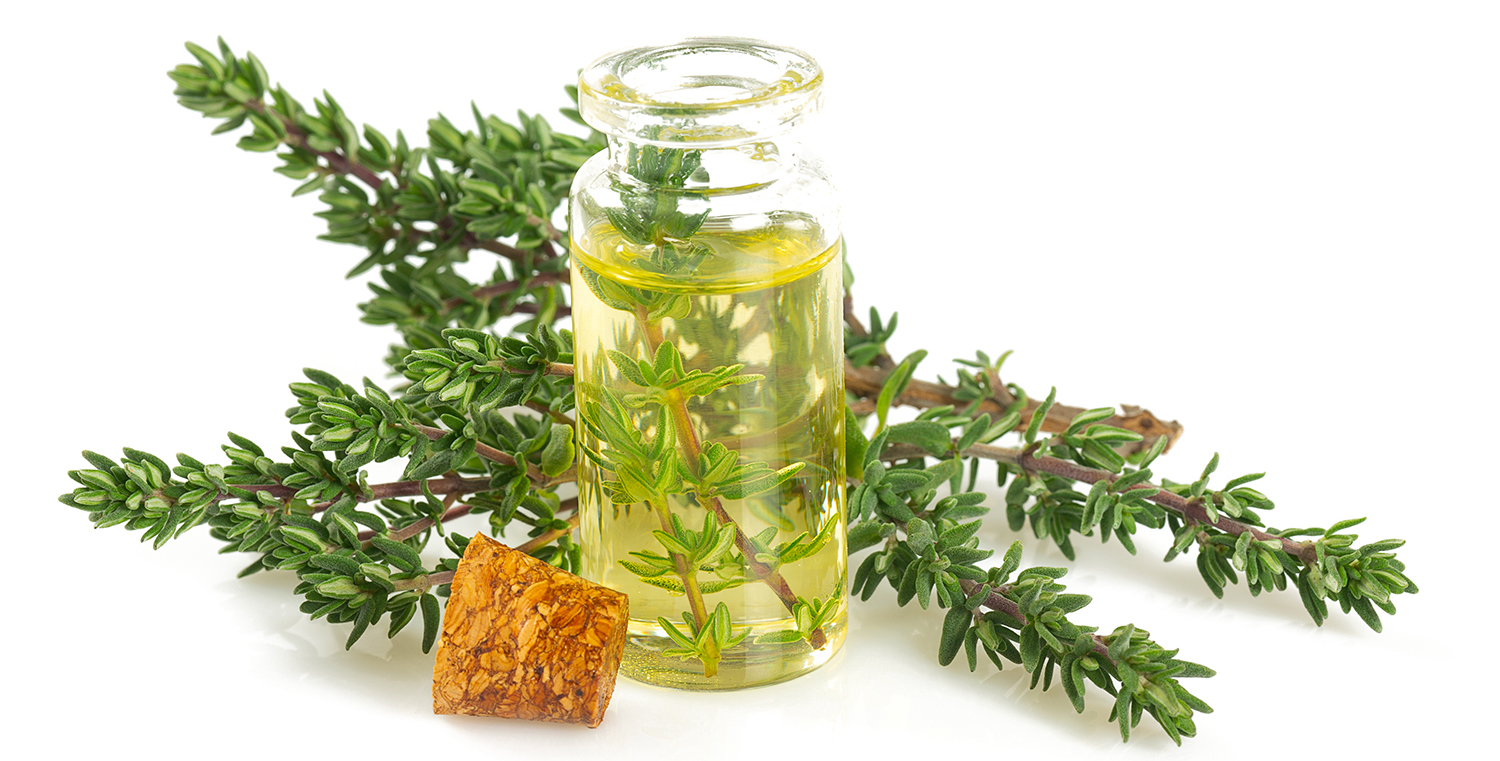 Here are the three things you need to know about botanical disinfectants to help you make the best decisions.
Here are the three things you need to know about botanical disinfectants to help you make the best decisions.